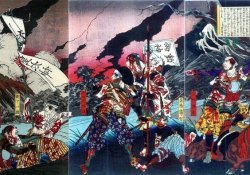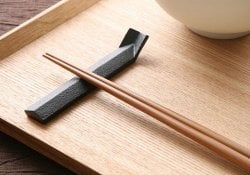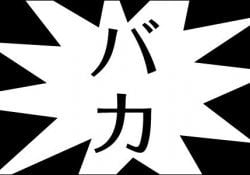In Japan there is a Japanese technique that transforms both objects and people who are broken into something valuable and beautiful. In this article, let's talk about the Kintsugi [金継ぎ] The Japanese art of healing scars with gold.
In fact Kintsugi is an art that consists of restoring broken vessels and ceramics with melted gold. To be more accurate, a mixture of lacquer and gold powder. Sometimes this restoration leaves the object as valuable as the original.
Symbolically this shows people who are broken can easily learn from these situations, becoming stronger and more valuable. This also shows that we should not be ashamed of our exposed wounds.
The word [金継ぎ] is derived from ideogram gold [金] and connecting [継ぎ] where it literally represents the connection or repair using gold. Of course the alloy is not fully made of gold, but mixed with a lacquer or resin.
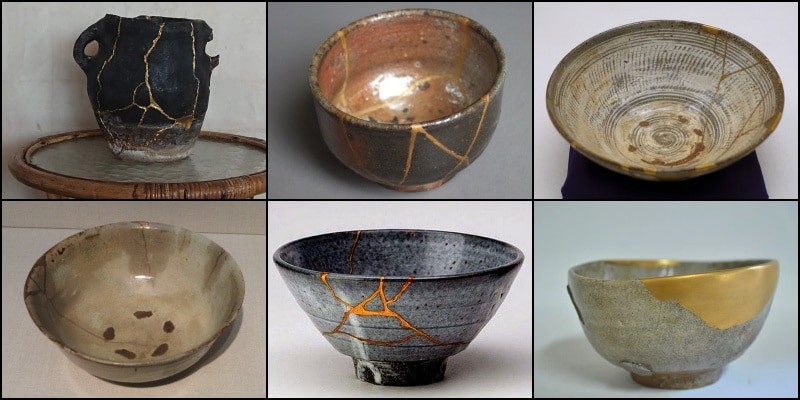
Índice de Conteúdo
The origin of Kintsugi
Lacked objects [connected, attached] are very traditional in Japan, there are several techniques involving lacquer that probably gave rise to the technique. One of these techniques is the maki-e which consists of using gold or silver lacquer to make decorations with a brush.
The origins of Kintsugi are uncertain, but it is likely that practice became common in Japan during the 16th and 17th century. It is likely that tradition began at the time of the rise of tea cups, which was a very valuable object for its owners .
Some believe that Kintsugi emerged when Shogun Ashikaga Yoshimasa broke his favorite tea bowl and sent for reparation in China in the 15th century, he sent her all spotted with clips.
Dissatisfied with the result he sought Japanese artisans who concerted using a gold -sprinkled resin. The artisans influenced by Buddhist ideals of detachment and acceptance highlighted scars by using this technique.
Kintsugi's first reference speaks of a warrior in the 17th century that was breaking cheap tea cups and using the repair technique and then selling and generating a good amount of money.
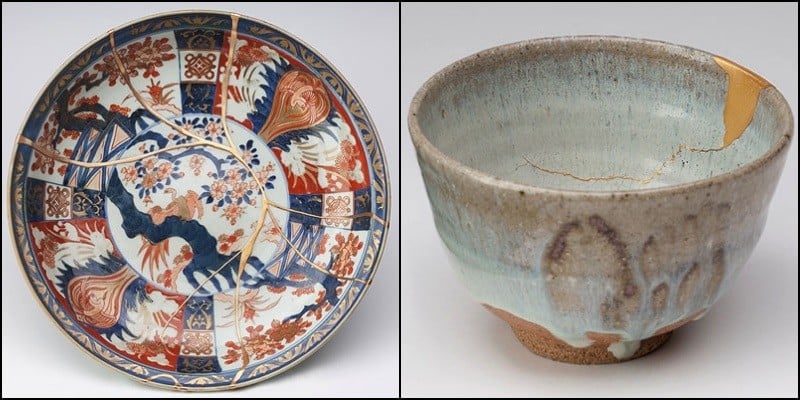
The philosophy of Kintsugi
Kintsugi has become a philosophy of life similar to Wabi-Sabi that consists of accepting the imperfect and defective. Soon this technique became popular and spread to other objects and countries like China and Korea.
The Japanese constantly seek to stay perfect, but in reality they all make flaws, some try to hide them. Kintsugi's philosophy is not to hide these flaws but consider them positively and valuable.
Kintsugi is believed to be related to Japanese philosophy Mushin [無心] which means "no importance" and encompasses the concepts of non-compliance, accept changes and fate.
Another philosophy beyond wabi-sabi And the mushin present in Kintsugi is the feeling mottainai which describes regret for wasting something. There are several things that we can learn from this art and apply in our lives.

Another interesting factor is in the Kintsugi process where it takes a long time (weeks and even months) until the resin dries. This represents that the healing process can be time consuming and requires some patience.
While other forms of repair has just deteriorated over time, Kintsugi is very resistant, as sturdy as the original object. Thus showing that wounds make us increasingly strong, so we should not hide them.
Kintsugi repair types
There are three methods or types of repair that use the gold lacquer technique:
- hibi [ひび] - It consists of providing cracks and attach broken parts with minimal overlap or filling of missing parts.
- Kake No Kintsugi Rei [欠けの 金継ぎ例] - When using resin and gold to fill missing pieces.
- yobitsugi [呼び継ぎ] - When using flaps or pieces of other objects to manage or create a new one.
The resin used in Kintsugi is called Urushi and is made of a tree of a tree. This material is used for about 9000 years such as a glue, pasta and painting. Some end up thinking that only gold is used, but sometimes mix silver and use the other only on the surface.
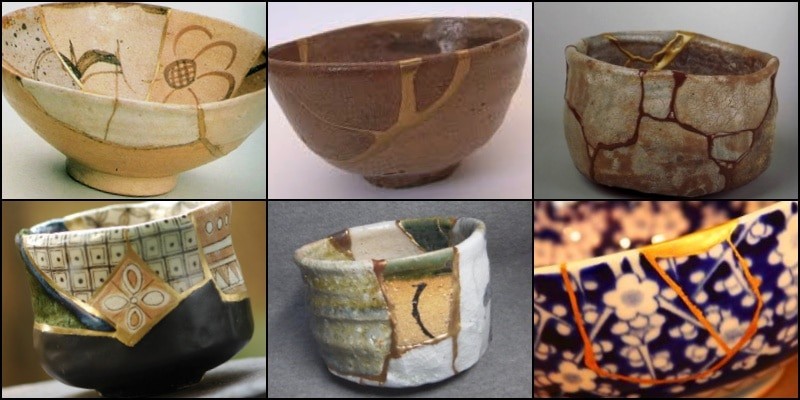
The article is still halfway through, but we recommend also reading:
The influence of Kintsugi in the world
In the old days Kintsugi was seen only as a beautiful way to fix things, because using gold is very valuable. Nowadays the practice of gold restoration is popular among the main contemporary artists.
There are even self-help and well-being courses and books that use these ceramics as a metaphor to embrace failures and imperfections. These works of art often attract people from around the world and are even used to do marketing.
What do you think about this traditional Japanese vessel repair? Did you know this term? Do you find it interesting your application in life? What do you think about it? We look forward to your comments and shares.
Kintsugi Course - Restore your ceramics with gold
Do it yourself! Learn to see beauty in imperfections by restoring pottery with the ancestral Japanese kintsugi technique in this introductory course by Clara Graziolino.
Kintsugi potter and specialist Clara Graziolino describes this Japanese method of restoration as an active meditation, which has helped her find inspiration in difficult times.
In this course you will get to know the history and philosophy of kintsugi with the company of Clara at every stage of the journey. You will learn how to create two restoration projects using the techniques of filling fillings and rebuilding parts.
To find out more about Clara Graziolino's Kintsugi course just click the button below:



